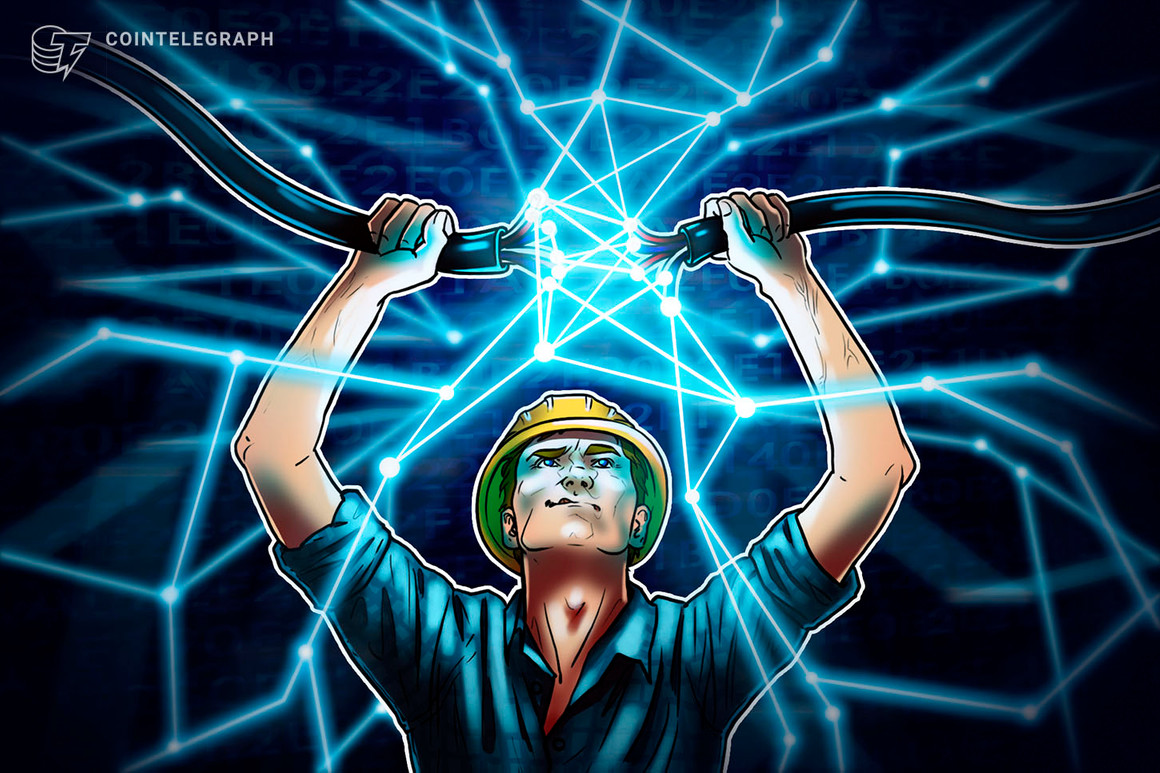Although Bitcoin (BTC) mining remains a controversial topic, it’s becoming more common to hear how Bitcoin mining can help balance grid demand. This i

Although Bitcoin (BTC) mining remains a controversial topic, it’s becoming more common to hear how Bitcoin mining can help balance grid demand. This is being demonstrated in the state of Texas, as Bitcoin miners are able to participate in demand response programs, which incentivize miners to turn off their operations during peak demand.
A spokesperson from the Electric Reliability Council of Texas (ERCOT) — the organization that operates Texas’s electrical grid — told Cointelegraph that crypto loads can have impacts on the grid just like any large load. Yet, they noted that crypto miners can help stabilize the grid by shutting down their demand for electricity in real time:
“Crypto mining is extraordinarily responsive and can turn off in a fraction of a second and remain off as long as needed. We are working closely with the crypto mining industry and have established a large flexible load task force to make sure we move forward with the grid reliability and Texas load growth in mind.”
On March 25, ERCOT established an interim process to ensure that new large loads, such as Bitcoin miners, can be connected to the ERCOT grid. While evaluations for large load interconnections is not a new process, ERCOT explained that the timeline that most crypto miners operate under requires a new process to make sure existing standards for interconnecting new large loads are being met. ERCOT’s Technical Advisory Committee approved the creation of a “Large Flexible Load Task Force” on March 30 to aid in the development of a long-term process that will replace the current interim process.
Software providers want to help miners balance the grid
While it’s notable that ERCOT is helping Bitcoin miners connect to the Texas grid faster, software providers have also begun working with miners to ensure they have the tools needed to properly enable grid balancing.
Recent: Election tally: Does blockchain beat the ballot box?
Michael McNamara, co-founder and CEO of Lancium — a Texas-based energy and infrastructure company — told Cointelegraph during the Texas Blockchain Summit that in 2020 Lancium demonstrated how a Bitcoin mine could act as a controllable load:
“For loads to qualify as a controllable load resource in ERCOT, customers have to be able to do two things. First, they have to achieve a target power consumption level — either more or less — as directed by ERCOT in less than 15 seconds. Secondly, they should provide ‘primary frequency response.’ This means miners must be able to react to a loss of generation event — for example, the unexpected trip of a thermal generating station — within 15 seconds.”
Given these requirements, McNamara shared that Lancium has licensed software to certain Bitcoin miners to act as controllable loads within ERCOT to provide grid stability services. Known as Lancium Smart Response, McNamara explained that this software works by automatically responding to power grid conditions and signals in seconds.
“As far as meeting ERCOT’s requirements, software such as Lancium Smart Response is essential to meeting the time required by ERCOT. Controllable load resources provide more surgical and exact grid stabilization benefits than other demand response programs — and customers are compensated at a higher level for providing these more valuable services to the grid,” he explained.
For example, McNamara pointed out that miners using Lancium’s software can become certified by ERCOT to participate in its various grid stabilization programs, which could help operators earn higher revenue while reducing power costs by 50%.
Specifically speaking, ERCOT’s spokesperson told Cointelegraph that ERCOT has a program for any load to participate in providing ancillary services. According to ERCOT, these programs require loads to qualify in order to supply these services. “Some crypto miners have qualified to offer these services similar to other loads who participate in these existing programs. Those programs are commonly referred to as demand response programs’ and operations voluntarily opt to participate ‘curtail,’” stated ERCOT.
While McNamara was unable to comment on which miners will apply Lancium Smart Response, Dan Lawrence, CEO of Foreman Mining, told Cointelegraph that the Bitcoin miner CleanSpark is using his firm’s software to manage its operations.
Taylor Monnig, vice president of mining technology at CleanSpark, told Cointelegraph that Foreman allows miners to curtail operations effectively instead of flipping breakers. “Loads can then be directed where needed, essentially working as a battery,” he said.
Indeed, automation is important for Bitcoin miners participating in load response programs. To put this in perspective, Sam Cohen, head of business development at Foreman, told Cointelegraph that software enables a miner to be on target at scale.
“As an example, if a Curtailment Service Provider asks a miner to reduce their consumption…
cointelegraph.com
